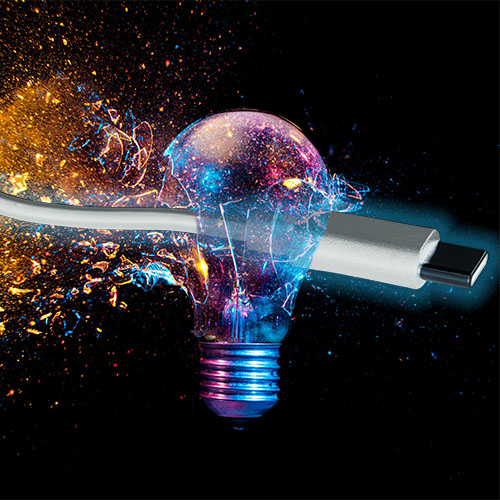The cryptocurrency mining craze might be actually “good” for gamers, but not for the reason you may think.
Crazy Cryptocurrency
While true, gamers presently find themselves unable to purchase newly minted graphics cards, that doesn’t mean they’re missing out on much.
It’s easy to hate on cryptominers for buying up the entire inventory of available graphics cards — GPUs. There’s little doubt that the latest boom in Bitcoin and Ethereum popularity has made it hard for gamers to pick up upgrades, especially with the release of Nvidia and AMD’s new systems. Not only are they hard to get — those available are exorbitantly priced, well out of reach of the casual gaming enthusiast.
That said, there’s a good chance if you’re an avid gamer, you already have a graphics card capable of running most, if not all new titles — most of which are designed to cater to cards several generations old. Not having the latest and greatest won’t stop you from playing Cyberpunk 2077 or Valheim, both of which run perfectly well on older systems, provided you’re willing to turn down the settings a little.
After all, most games are designed to run on Xbox Series X and PlayStation 5 hardware, which are much less powerful than the latest series of GPUs.
With that out of the way, how do gamers benefit from the crypto rush?
Enter cryptomining. Thanks to various services and the ease of mining Ethereum and other cryptocurrencies, gamers can earn money with their graphics cards, to pay off their next round of upgrades. There’s nothing wrong with skipping this generation of graphics cards, especially when the next lineup is just months away.
Set aside your worries about power usage. If you’re already using electricity to heat up your apartment during winter, why not keep yourself warm with a computer which generates passive income when you’re not using it? Furthermore, while the current generation of cards may remain greatly out of reach for now, that won’t be the case forever.
Within a year, Ethereum will move to a “proof of stake” system that will effectively end the need for GPU-based mining — the most profitable token to mine at the moment. As with the previous crypto bubble, demand for GPUs will die down. And when that happens, gamers can expect the secondhand market to explode with high-end graphics cards, making them affordable for anyone to upgrade.
Better yet, should you have been mining during that time, you can use your earnings to effectively buy yourself a whole new rig.
Following the previous bust in 2018, loads of Bitcoin and Ethereum farms offloaded their equipment, which had been rendered obsolete by higher mining requirements, and gamers saw a flood of high-end graphics cards. For now, Nvidia is trying to cope with the demand by releasing GPUs with built-in limiters to make them less effective for mining, but they’ve since been overcome, which means that these pieces of hardware, too, will be available to gamers at not-insane prices.
It’s never a good idea to buy high-end graphics cards to begin with. First adopters are effectively beta testers for state-of-the-art hardware that only reaches its full potential at the end of its cycle before the next generation of hardware comes around. So don’t give in to FOMO, because patience will, inevitably, pay off.
Granted, sometimes it pays off with feelings of, “Darn. I sure wish I had pulled the trigger when I had the chance.” Although that could somewhat undermine the (questionable) point here. We offer, then, the following editorial comment on the crypto editorial.
Honestly people that equate used graphics cards with new, and consider it “never a good idea” to buy high-end graphics cards, have quite simply never owned a high-end graphics card it seems like to this Editor. Pity, that. … While never good to live in fear of missing out on everything, consciously attempting to justify missing out on special things so that those special things can be sold in bulk for a higher profit just sounds like an Nvidia marketing campaign.
Bottom line: It seems to us that this entire debate comes down to that whole “provided you’re willing to turn down the settings a little” part. If we were willing to turn down the settings, we would not be in the market for a new graphics card we could install ourselves in the first place. We might not even know what a “graphics card” might be or how one might use one. … At the risk of appearing overly Anglophile in the critique here, it does sound a bit like, “Other than that, Mrs. Lincoln, how was the play?”



















